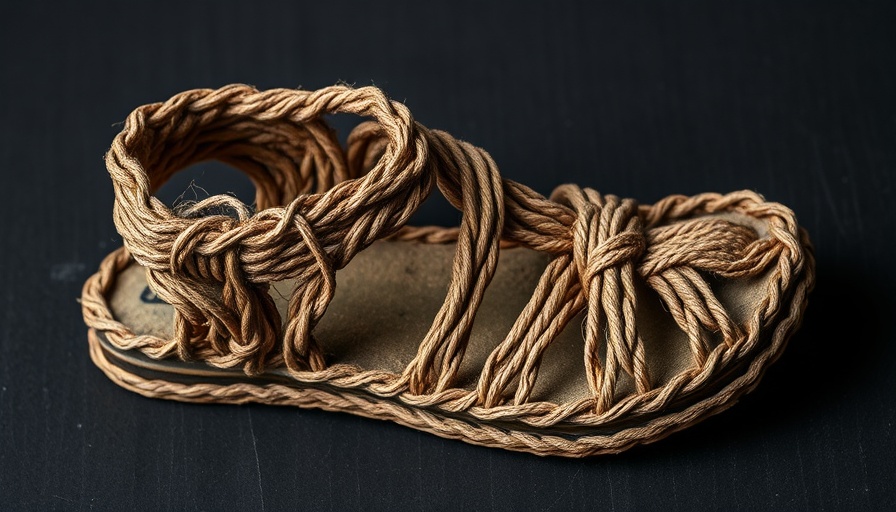
Uncovering Scotland's Hidden Royal Legacy
In the lush landscapes of Scotland, the island of Islay is home to a remarkable historical treasure: Finlaggan, once the seat of the powerful Lords of the Isles. Recent archaeological findings, brought to light after nearly three decades of research, reveal that this medieval site may have held secrets about kingship in western Scotland that have long been forgotten.
Dr. David Caldwell, a leading archaeologist, has dedicated his efforts to exploring Finlaggan, culminating in his new book The Archaeology of Finlaggan, Islay. His work has unveiled remnants of a castle that dates back to the 12th and 13th centuries, a time when the Lords of the Isles considered themselves equals to the kings of Scotland and England. These lords wielded considerable influence and respect, asserting themselves as 'Ri Innse Gall,' or 'King of the Isles.'
The Significance of Finlaggan's Discovery
The recent unearthing of a castle complex situated on two islets in Loch Finlaggan provides crucial insights into the political landscape of medieval Scotland. This was not just a residence; it was the embodiment of power and prestige during a time when the Lords of the Isles were at the peak of their influence. The discovery includes a rectangular stone tower akin to those built by Anglo-French lords, signaling the elevated status of its inhabitants.
The castle’s design reflects the wealth and political stature of its builders, a facet that connects back to narratives of power struggles and territorial claims during Scotland's medieval period. Caldwell explains how the lords could muster armies of over 6,000 warriors, indicating Finlaggan's role as a military stronghold as well as a center for governance and culture.
A Window into the Past: Archaeological Insights
Upon excavating Finlaggan, Caldwell and his team found not just stone walls but vast evidence of a past rich with activity. The castle featured living quarters, kitchens, a great hall, and a chapel with a burial ground, showcasing a lifestyle steeped in both grandeur and spirituality. This site served multiple purposes, from fortifying defenses to hosting ceremonies.
Despite its prominence, historical records are silent about Finlaggan’s significance, leading archaeologists to rely heavily on physical remnants to piece together its narrative. This lack of documentation amplifies the importance of the discoveries made, providing a unique glimpse into a kingdom often overshadowed by Scotland’s better-documented territories.
The Cultural Relevance of the Lords of the Isles
The narrative surrounding the Lords of the Isles is not only a reflection of the political climate of the time but also offers cultural insights that resonate today. Their ability to act independently from the Scottish crown and their self-identification as kings highlight the complexities of Scottish identity, loyalty, and sovereignty.
As we uncover more about figures such as the MacDonald clan, we not only redefine historical boundaries but also understand the rich tapestry of Scottish heritage that thrives on diversity and strength. These historical threads continue to impact modern Scottish identity, fostering a deep appreciation for its heritage.
From Excavations to Revelations: The Future of Finlaggan Research
The extensive research undertaken at Finlaggan sets the stage for future exploration and scholarly discussion. Caldwell's work emphasizes the importance of archaeological research in uncovering hidden histories that shape our understanding of the past. As interest in medieval Scottish heritage grows, Finlaggan stands out as a vital piece of the puzzle.
By inspiring continued investigations, Caldwell hopes to encourage new generations of historians and archaeologists to delve into Scotland's rich past, offering fresh perspectives on an era filled with intrigue and significance.
 Add Row
Add Row  Add
Add 




Write A Comment